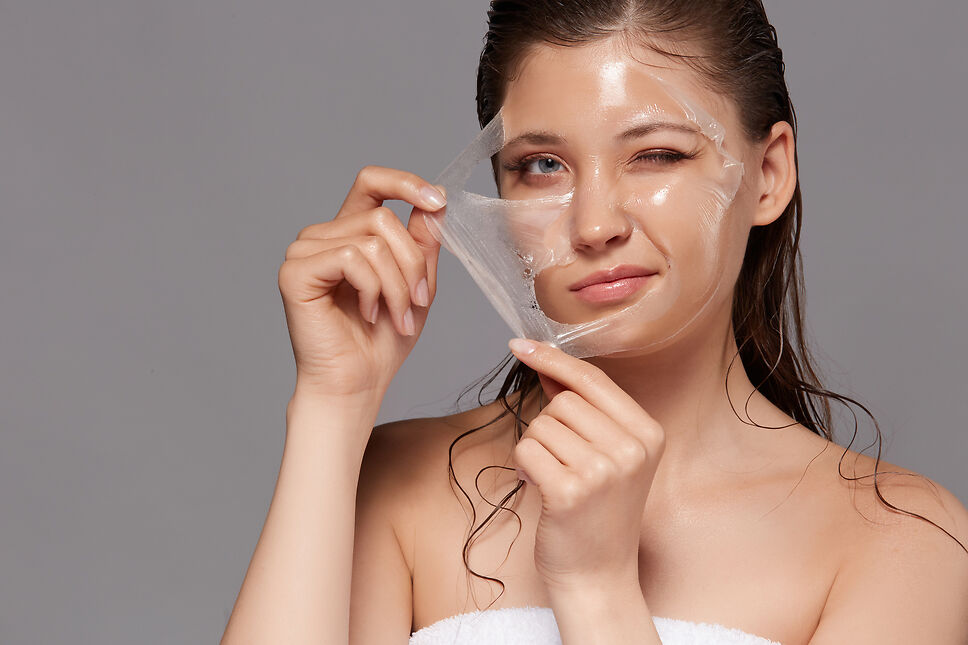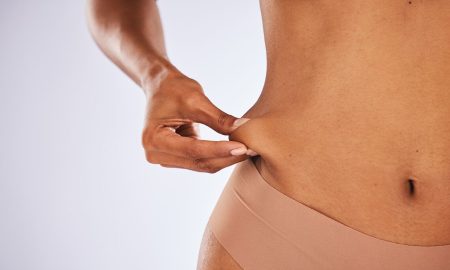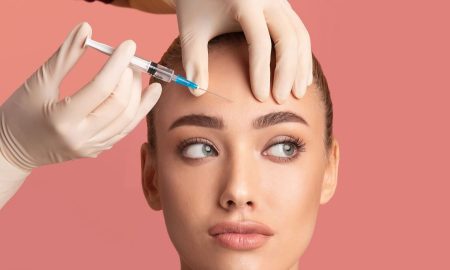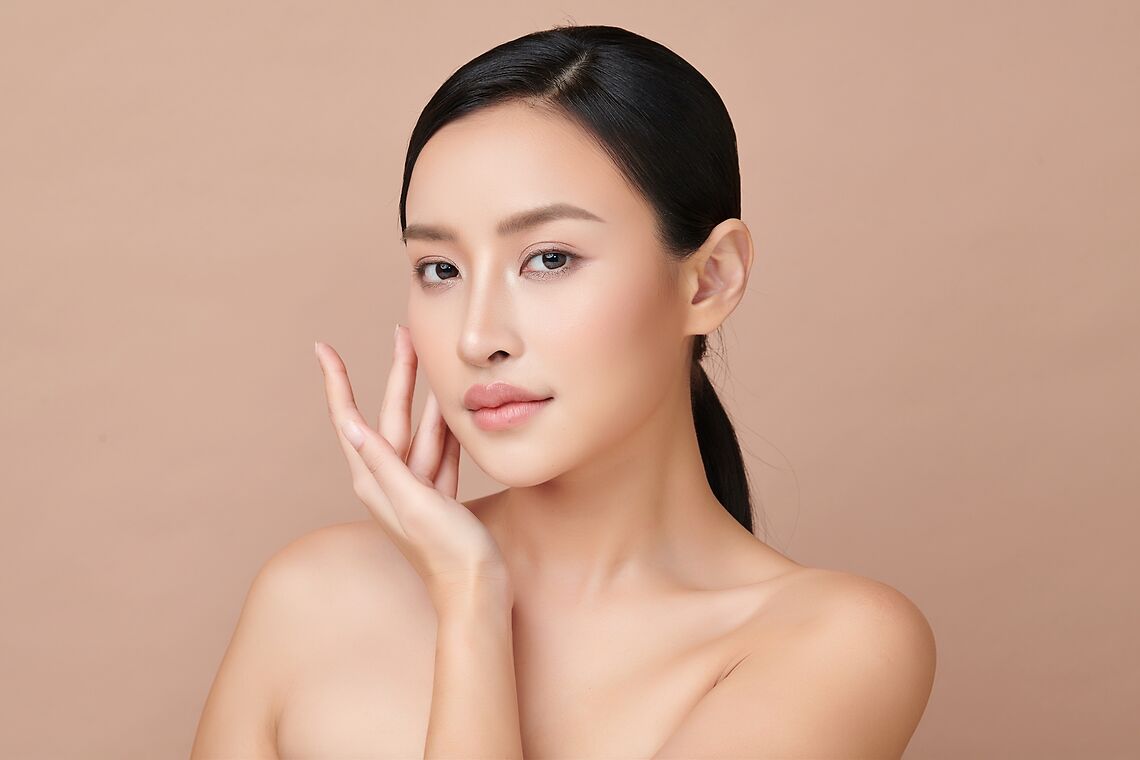Hair loss can be a distressing experience, particularly for women, as it affects not only physical appearance but also emotional well-being. To shed light on this important issue, we’ve consulted Dr. Ken Anderson, Chief Surgeon at the Anderson Center for Hair, to explore non-surgical treatments for women’s hair loss. Here’s our Q&A that covers everything from the basics of hair loss to the most effective treatments available today.
What is the Difference Between Hair Loss, Shedding, and Breakage?
“Hair loss, shedding, and breakage are terms often used interchangeably, but they refer to different phenomena,” explains Dr. Anderson.
Hair Loss: Medically known as alopecia, hair loss refers to the partial or complete lack of hair growth and is often progressive. In women, this is typically seen as a thinning of hair across the scalp, rather than a receding hairline or bald patches commonly observed in men. Hair loss can be due to various causes, including genetics, hormonal changes, or underlying health conditions.
Shedding: Hair shedding is a part of the natural balance of the hair life cycle. Hair grows in phases: anagen (growth phase), catagen (transitional phase), and telogen (resting phase). At any given time, a healthy scalp will have hairs in all three phases, and losing 50 to 100 hairs per day during the telogen phase is considered normal. Shedding becomes excessive and noticeable when the cycle is disrupted, often by stress, illness, or hormonal changes.
Breakage: Hair breakage occurs when strands become fragile and break off anywhere along the length of the hair, unlike shedding, where hair falls out from the root. Breakage is typically a result of external damage to the hair shaft from chemical treatments, heat styling, improper detangling, or other physical stressors. This type of hair loss does not affect the follicle itself but results in uneven hair length and reduced overall volume.
How Can I Tell if I’m Experiencing Hair Loss, Shedding, or Breakage?
Distinguishing between hair loss, shedding, and breakage involves observing the characteristics and patterns of your hair fall. Here’s how to identify each:
Hair Loss: Hair loss appears as a noticeable thinning of hair or the appearance of widening parts and sometimes bald patches. The hair you lose due to alopecia typically comes out from the root and will have a small white bulb at the end. If you’re seeing more scalp than before or if your ponytail has decreased in volume, it might be hair loss.
Shedding: Normal shedding involves losing about 50 to 100 hairs a day as part of the hair’s natural growth cycle. These hairs also fall out from the root but are a natural and expected part of hair renewal. Shedding may temporarily increase due to stress, illness, or hormonal changes. You might notice more hairs in your brush or on your clothes, but this typically doesn’t result in noticeable thinning of your scalp hair.
Breakage: Hair breakage does not involve the hair root. Instead, strands break off along the shaft, which might result from mechanical damage like brushing too hard, heat styling, or chemical processing. Broken hairs are usually of varying lengths, and you might see split ends or frayed hairs. Breakage results in frizzy, uneven hair length rather than thinning of hair from the scalp.
What Causes Hair Loss in Women?
Androgenetic Alopecia: The primary cause of hair loss in women is androgenetic alopecia, which is a genetically predisposed condition that affects millions worldwide. It is characterized by the miniaturization of hair follicles, where hair becomes thinner and shorter due to the effects of androgens (male hormones). “Androgenetic alopecia in women often results in diffuse thinning, predominantly over the top and sides of the scalp,” notes Dr. Anderson.
Other Causes: Other less common causes include:
- Telogen effluvium: a temporary condition where a large number of hairs enter the resting phase due to stress, dietary change, or hormonal fluctuations.
- Alopecia areata: an autoimmune disorder that causes patchy hair loss.
- Medication side effects: certain medications can lead to hair loss.
- Traction alopecia: hair thinning due to tight hairstyles that pull at the scalp.
What Are the Best Ways to Fight Hair Loss in Women?
Minoxidil: Minoxidil, also known as Rogaine, is the first line of defense against hair loss in women. It’s an FDA-approved topical treatment that helps increase blood flow, thereby promoting hair growth and slowing hair loss. “It’s particularly effective in the early stages of androgenetic alopecia,” Dr. Anderson advises. “Regular application can significantly help to stabilize shedding and even enhance regrowth.”
Low-Level Laser Therapy (LLLT): LLLT uses therapeutic red laser light to stimulate cell activity in the scalp, encouraging hair growth. “The treatment is non-invasive and can be used at home with devices such as laser caps,” Dr. Anderson explains. “It’s an excellent option for those looking for easy, hands-free, pain-free hair loss treatment options.”
Platelet-Rich Plasma (PRP): PRP therapy involves the injection of a concentration of a patient’s own platelets directly into the scalp. “This is highly effective because it harnesses the natural growth factors in your blood, which can help rejuvenate follicles and stimulate hair growth,” says Dr. Anderson. Learn more about the science and the process here.
 Photo Credit: Courtesy of The Anderson Center for Hair
Photo Credit: Courtesy of The Anderson Center for Hair
 Photo Credit: Courtesy of The Anderson Center for Hair
Photo Credit: Courtesy of The Anderson Center for Hair
Biotin and Hair Vitamins: Supplementing with biotin and other hair vitamins can also support hair health. While not a solution for genetic hair loss, they can help improve the quality of hair and potentially reduce breakage.
Hair Restoration Surgery: Although this discussion has centered on non-surgical approaches, it’s important to acknowledge that hair restoration surgery can be a highly effective solution for certain cases of hair loss. Dr. Ken Anderson points out, “Non-surgical treatments are meant to slow or pause the progression of hair loss. In some cases these prevention tools and procedures can regrow hair. If you want to put back hair that is long lost, hair restoration might be an option you should consider.” This cosmetic procedure involves transplanting individual hair follicles from your dense donor area on the back and sides of the head, to thinner areas in the front and on top. Hair restoration surgery, when done by an award-winning surgeon like Dr. Anderson, offer permanent and natural-looking results.
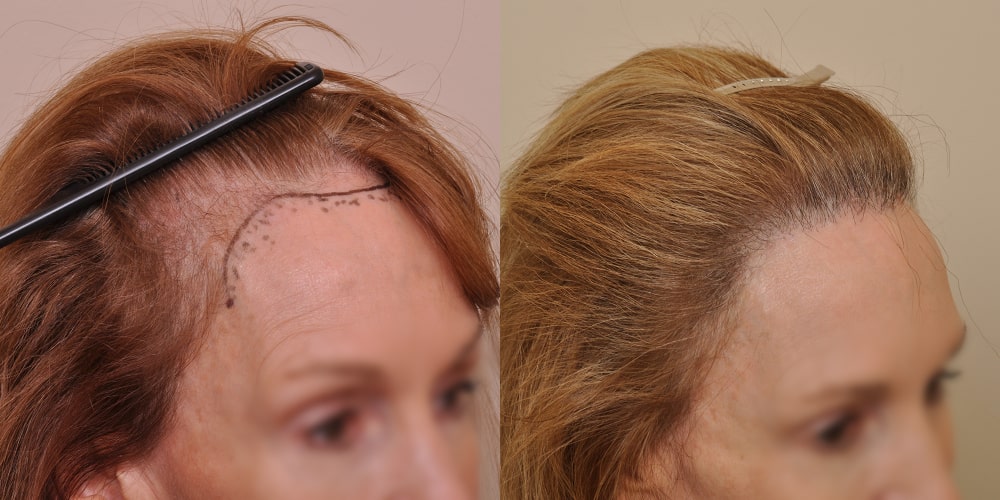 Photo Credit: Courtesy of The Anderson Center for Hair
Photo Credit: Courtesy of The Anderson Center for Hair
What Should I Do if I Think I’m Experiencing Hair Loss?
If you think you are experiencing hair loss, the first step is to seek professional advice to understand the underlying causes and explore appropriate treatment options.
“A complimentary consultation is the best first step to accurately determine the cause of your hair loss and to develop an effective treatment plan tailored to your specific needs,” Dr. Anderson advises. He adds, “We offer these consultations in person at our Atlanta and Alpharetta locations, as well as virtually, to ensure that everyone has access to expert advice regardless of their location.”
During a consultation, you can expect a thorough examination of your scalp and hair, a discussion about your medical history, and possibly some diagnostic tests. This comprehensive approach helps pinpoint whether hair loss is due to genetic factors, medical conditions, lifestyle habits, or other causes. Based on this assessment, a range of treatment options can be considered.
At the end of our chat, Dr. Anderson said, “Remember, the sooner you address the signs of hair loss, the more effective the treatments can be.” Taking the first step to consult with a specialist like Dr. Anderson can pave the way to regaining not only your hair but also your confidence.
For more information about Anderson Center for Hair and Dr. Anderson, visit www.AtlantaHairSurgeon.com or call 404-256-HAIR (4247).
For more information, visit Dr. Brian A. Levine's social media:





